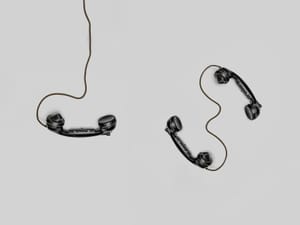So in this next post within my series on solution architecture for the Power Platform we’ll continue where we left off in the last post on proposals by talking about the next stages following a signed off proposal document.
Recap
So if you haven’t read my last post in this series check that out now before continuing!
Next steps
So next steps are really to start to define how we’re going to run this thing with the customer! And the very first step of that is even just figuring out how we’re going to communicate.
We should now be having somewhat of a kick off and communication planning meeting with the customer to do a few things.
We should be agreeing the forms of communication that we’re going to use, the toolsets we will be implementing and next steps to putting these things in place so everyone knows how we’ll be working and what to expect next.
Think about these considerations…
- Communication tools for different needs
- Project planning tools
- Operations around project and sprint reporting
- Retrospectives scheduled and understood
- Any initial kick off sessions and deep requirements capture workshops scheduled and agendas understood
Get the correct people in the room
Amongst all of the above it is super important to also make sure the correct people are at the correct sessions. Without the appropriate stakeholders in the correct meetings, and workshops, they can become a bit redundant in their scope for productivity and may require to be rescheduled.
It’s also important not to forget stakeholders at every level in the organisation involved. Do NOT miss the users at the end of the journey who make the business process run day to day. These are some of your most important stakeholders just like C-level stakeholders are. Unlock all of these people friends! 🤝
What’s coming up?
So friends, stay tuned as we’ll be moving on to a next part of this series on solution architecture following this post. We’ll dive more deeply into how to actually write a proposal or a high level solution architecture before continuing onto more granular requirements capture and design. 📝

